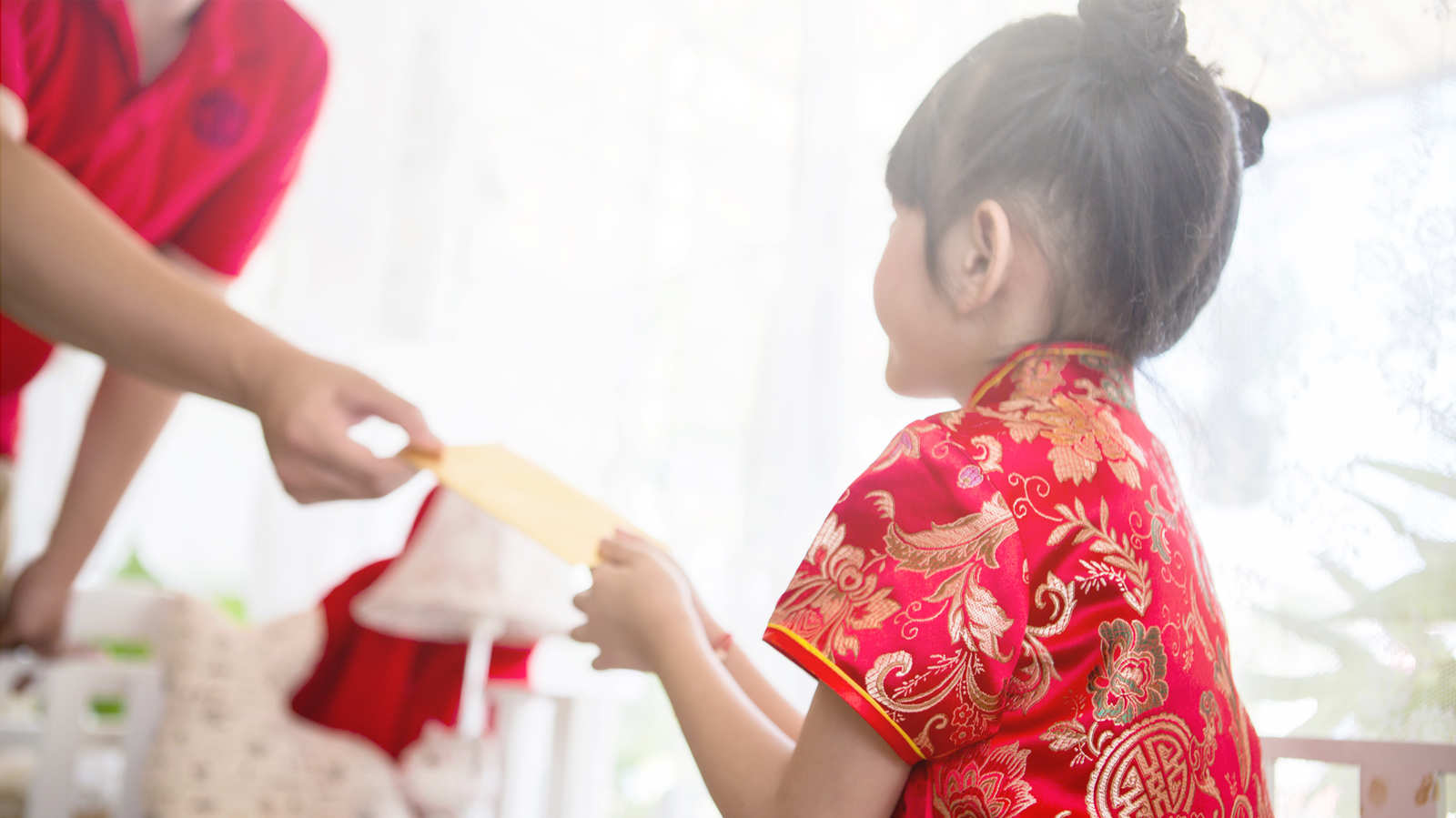It is a key custom of Chinese New Year, one that dates all the way back to the Qin Dynasty (221 BC) and, depending on your marital status, is something that can either bring you joy or terror.
I am, of course, talking about red packets, or as it’s more commonly known here, ang baos.
Like most people, I was always thrilled to get ang baos during Chinese New Year, especially when I was a child.
Given that my only source of ‘income’ then came in the form of weekly allowances, the ang baos I collected were akin to an ‘annual bonus’, which I would subsequently spend on whatever new gizmos or computer games had caught my eye.
So, as you can imagine, all I was ever concerned about with regard to each of my ang baos was the amount of money inside it.
Other stories you might like

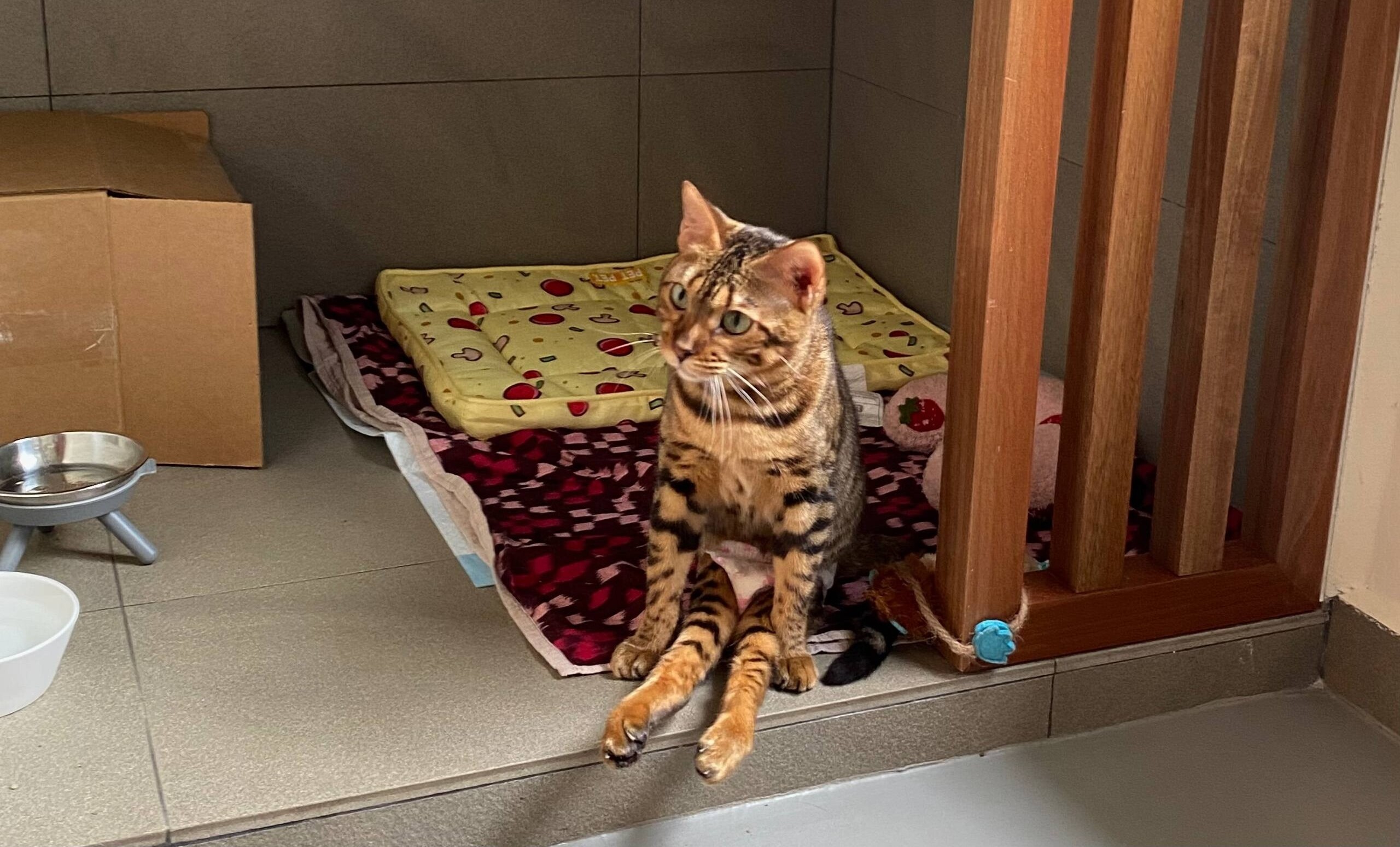
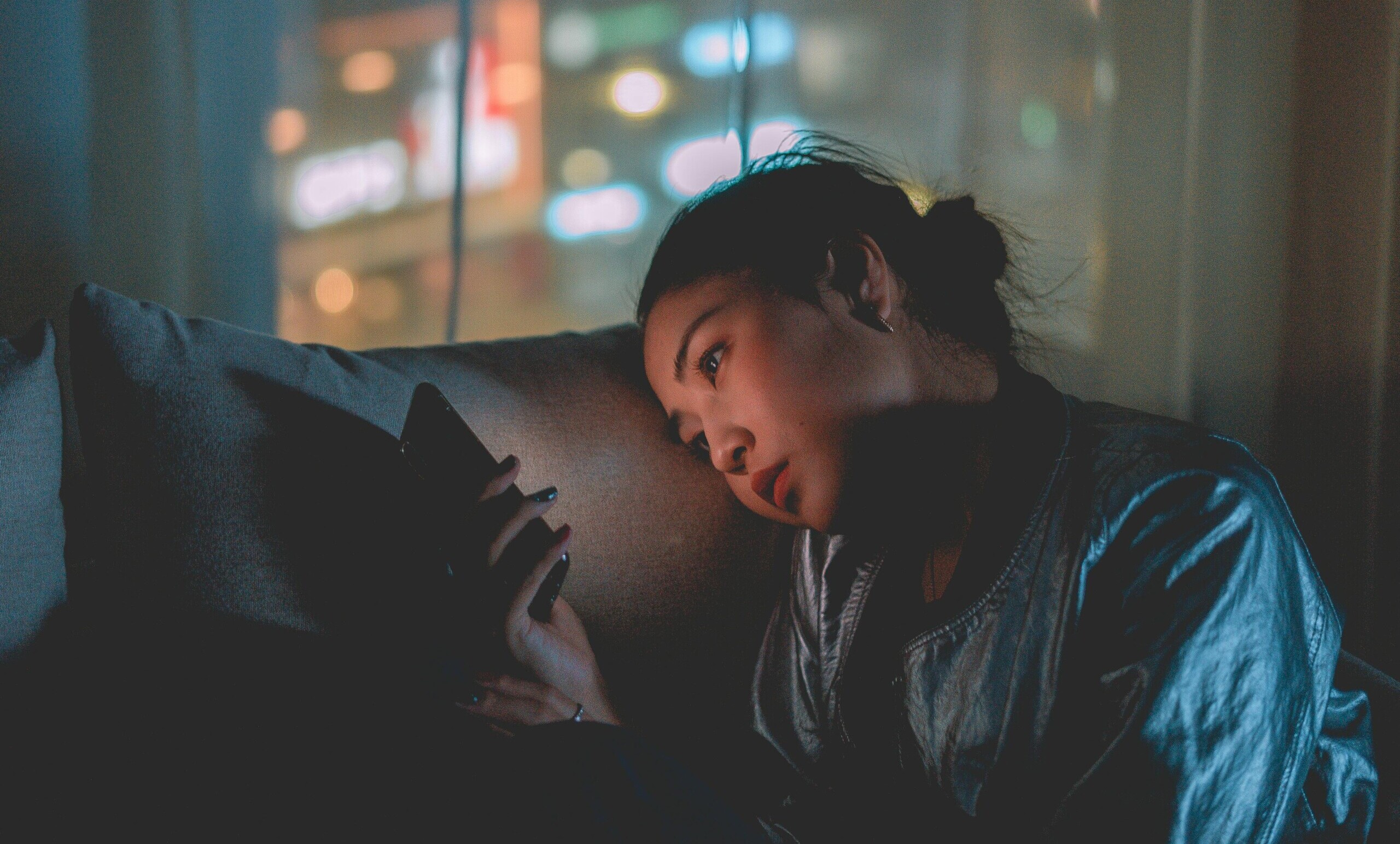



Unfortunately, that mindset has stuck with me all the way till adulthood. The only difference is that, now, I’ve become aware of the so-called ‘politics’ behind ang bao giving.
Essentially, how much money you give someone in an ang bao is dependent on several factors, such as their relation to you, how many siblings they have, and how stingy or generous their family traditionally is when it comes to giving out ang baos.
The more closely related you are to someone, the more you are expected to give them. If the person has siblings, then it is acceptable for you to give a reduced amount, as you will likely have to give ang baos to their siblings as well.
In short, the total amount of money a family gives to another in ang baos should be roughly equal to what they receive from the other family.
Give too much, and you could end up making the other family feel bad. Not to mention that you might feel as if you have shortchanged yourself.
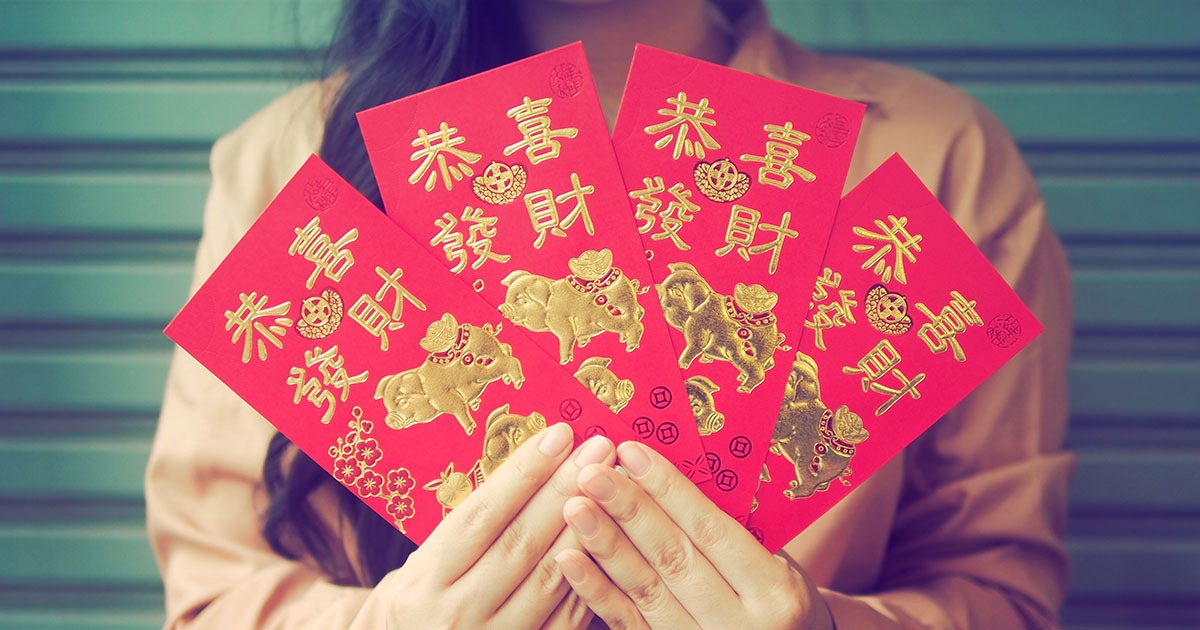
Give too little, and you run the risk of being known among your friends and relatives as the parsimonious family that cannot be counted on to give appropriately, thus causing all of you to lose “face” (main zi).
For the uninitiated, “face” is a concept that is closely related to one’s dignity and prestige, and is especially important in Chinese culture.
Make no mistake – giving ang baos is serious business. In fact, there are now even detailed guides online to help people determine the amount of money they should give in their ang baos.
I think it is fair to say that most of us are well-versed when it comes to the monetary aspect of this age-old custom.
But, do we know the actual significance behind giving and receiving ang baos during Chinese New Year?
And really, should that much emphasis be placed on the amount of money we give or receive in an ang bao?
Given that Chinese New Year is just around the corner, there’s no better time for us to ask ourselves these questions as we reflect on the true spirit of ang bao giving.
Why do we give, or receive, ang baos during Chinese New Year?
The answer has to do with the colour of the ang bao – red – which, in Chinese culture, symbolises good luck and happiness.
Therefore, by giving someone an ang bao, you are essentially sharing your blessings with them – in a tangible way – for the coming year.
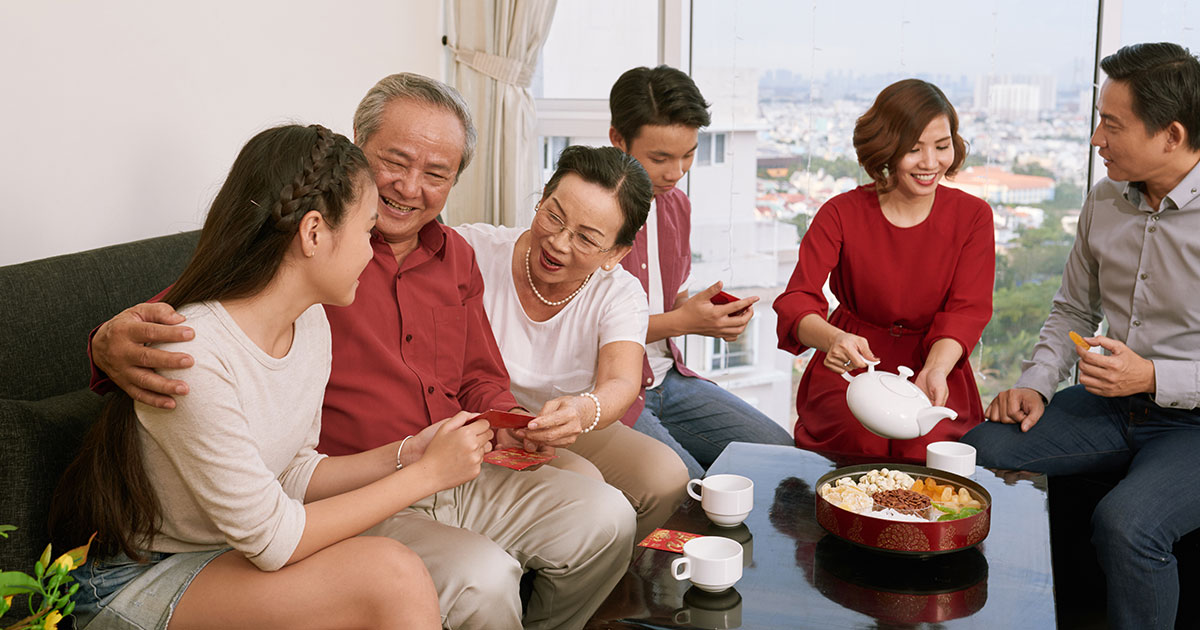
As such, the act of giving an ang bao is usually accompanied by verbal well-wishes covering the different areas of the recipient’s life, such as their career, studies, health, or wealth.
And yes, the money inside each ang bao does also represent something – luck. That is why the amount given in each ang bao is typically an even number, as it is deemed to be auspicious and prosperous.
However, the amount of money in the ang bao is by no means representative of the amount of luck being wished upon the recipient.
Much like gifts, the most important aspect of ang baos is the intention and thought behind it – in this case, to share one’s hard-earned wealth and luck with their family and friends.
So, if you are going to receive ang baos this Chinese New Year, try to appreciate the fact that it really is a symbolic gesture of someone’s blessings and well-wishes, and not view it simply as a financial transaction.
And if you’re the one giving out ang baos, maybe it’s time to stop fretting about how much money you will have to put inside each packet. Instead, give the amount that your heart is willing to give – that way, you will find the act more meaningful than if the size of your ang bao is dictated by a Chinese New Year ang bao guide.
Ultimately, Chinese New Year is about spending quality time with our immediate and extended family, catching up with our friends, having fun and counting our blessings as we usher in the new year.
Now, those are things you won’t be able to find in an ang bao.
